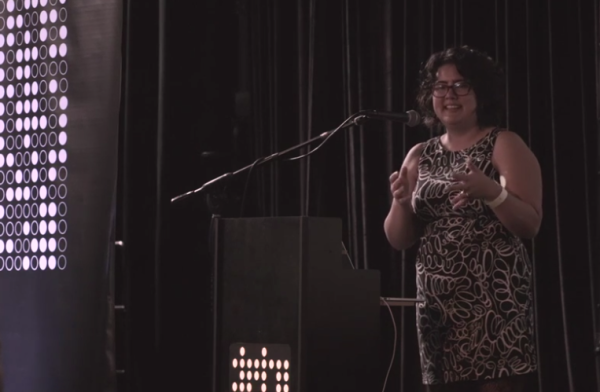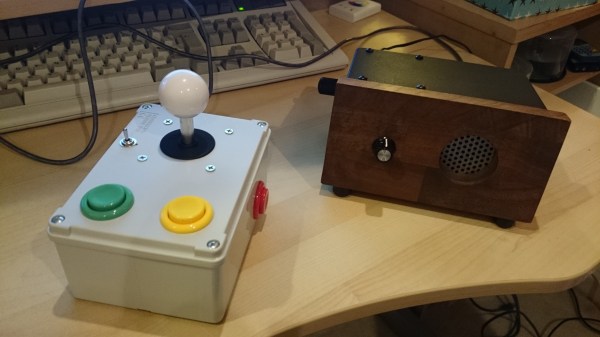What will next generation space suits look like? Kari Love is making the case that new space suits will exhibit the best in soft robot technology. The problem is that most people don’t really understand much about soft robots, or about space for that matter. Her talk at the Hackaday SuperConference explores the research she has been doing into future generations of space suits. Check out the video below and then join us after the break for more on this topic.
EVA2 Articles
EVA: What’s On Telly For The Visually Impaired
[chewabledrapery] has certainly used his Raspberry Pi for good. His girlfriend’s grandfather is growing more visually impaired as time goes on. He likes to watch telly, but has trouble reading the on-screen information about the channel and programming. To that end, [chewabledrapery] has built an electronic voice assistant called EVA, who fetches the telly schedule from a web service and reads it aloud in her lovely voice that comes courtesy of Google Translate’s TTS function.
Under EVA’s hood is a Raspberry Pi. A USB hub powers the Pi and holds a small USB soundcard, a Wi-Fi dongle, and a USB daughterboard that the controller plugs into. The daughterboard is from a USB keyboard, which makes another appearance in the awesome controller. It’s made of a joystick and two arcade buttons that use the USB keyboard’s controller to interact with Python scripts.
[chewabledrapery]’s scripts make formatted requests to a web service called atlas, which returns JSON objects with the TV schedule and content descriptions. EVA then turns to Google Translate, speaking the formatted text through a small amplifier and salvaged PC speaker. In order to minimize the number of web calls, some of EVA’s frequent musings are stored locally. A full tour of EVA is after the break.
We love to see hacks that help people. Remember this RFID audio book reader?
Continue reading “EVA: What’s On Telly For The Visually Impaired”













